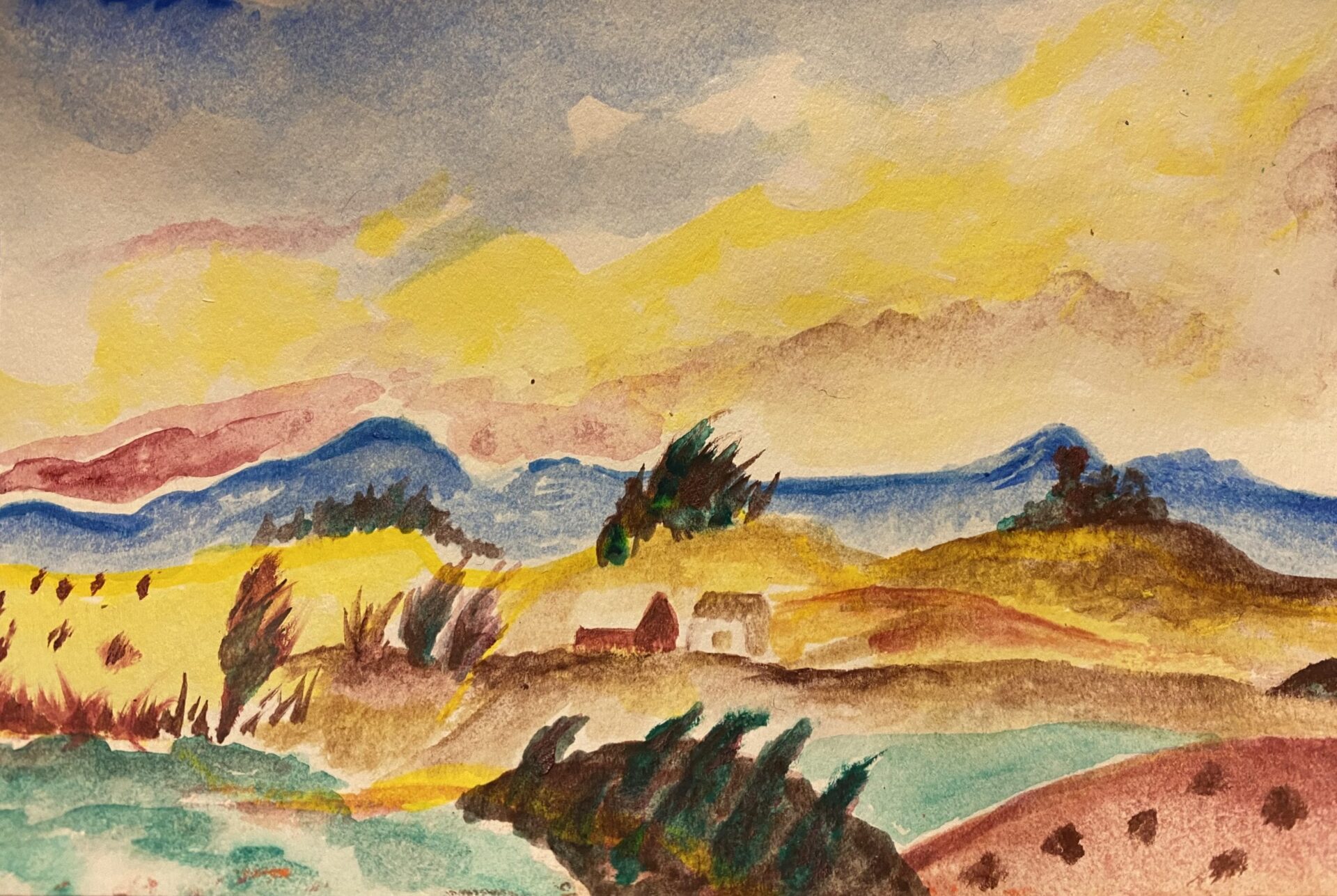Continuing our highlight of black artists this month for Black History Month, this week we are going to spotlight artist Jacob Lawrence – one of the most well-known 20th century African American painters. In his works he brought to life the African-American experience through his use of juxtaposing colors and style.
Born in 1917 in Atlantic City, New Jersey Lawrence was introduced to art at an early age when his mother enrolled him in a after-school program to keep him and his siblings busy. He started drawing with crayons and copied the patterns on his mother’s carpets. At 16, he worked at both a laundromat and printing plant while still pursuing art at the Harlem Art Workshop. It is here where he was taught by African-American artist, Charles Alston. Alston encouraged him to attend the Harlem Community Art Center, where he eventually secured a scholarship to the American Artists School. Lawrence’s early career was where he developed his style that would be the crux of his works. He often created series of paintings that told a story or depicted many aspects of a subject. This includes his series of a Haitian general leading the revolution of the slaves and eventually gaining their independence, and his Migration Series that depicted the Great Migration. These works have all been showcased in multiple museums and galleries.
Later in his life Lawrence began to teach at several different schools including, the New School of Social Research, Pratt Institute, and Arts Student League. Lawrence’s contributions to the art world are widely recognized, and was the first African-American to have his work take a permanent place at the Museum of Modern Art. His style and subjects were what made him most well-known, as well as his ability to feature the black experience with such vivid and high contrast colors.



